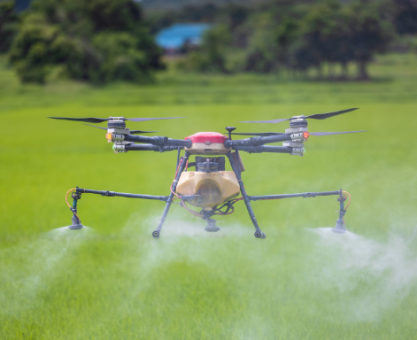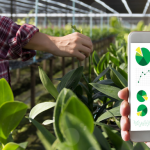Executive Summary
-
Climate change is reshaping the investment landscape, especially in sustainable agriculture.
-
Investors are increasingly focusing on eco-friendly agricultural practices to mitigate climate risks.
-
Understanding the impact of climate change on agriculture is crucial for making informed investment decisions.
-
This article explores key benefits and challenges of investing in sustainable agriculture amidst climate change.
-
Learn strategic insights and tools to optimize your sustainable agriculture portfolio.
Introduction
As climate change continues to alter weather patterns, disrupt ecosystems, and threaten food security, investors are turning their attention to sustainable agriculture as a means to mitigate risks and harness opportunities. Sustainable agriculture funds are gaining traction as they promise not only financial returns but also environmental and social impact. But why does climate change matter so much to agricultural investments, and how can investors navigate this evolving landscape?
In this article, we delve into the ways climate change is influencing investment decisions in sustainable agriculture. We will explore the benefits, challenges, and strategies that investors can use to make informed decisions in this critical sector.
Definitions / Context
Sustainable Agriculture: A method of farming that focuses on producing food in a way that preserves the environment, supports biodiversity, and ensures economic viability for farmers.
Climate Change: Long-term shifts in temperatures and weather patterns, mainly due to human activities such as burning fossil fuels, which leads to global warming.
Understanding these concepts is essential for investors looking to explore opportunities in sustainable agriculture as climate change impacts traditional farming practices and yields.
Benefits / Pros
Investing in sustainable agriculture offers several advantages:
-
Resilience to Climate Change: Eco-friendly farming practices enhance soil health and water management, making crops more resilient to climate variability.
-
Market Demand: Increasing consumer preference for sustainably sourced products drives demand for responsible farming practices.
-
Regulatory Incentives: Governments worldwide are offering subsidies and incentives for sustainable agricultural practices.
-
Long-term Returns: Sustainable agriculture focuses on long-term productivity and sustainability, potentially leading to more stable returns.
Risks / Cons / Challenges
While the prospects are promising, there are challenges to consider:
-
Initial Costs: Transitioning to sustainable practices can involve significant upfront investment.
-
Uncertain Regulatory Environment: Policies and standards for sustainable agriculture can vary widely across regions.
-
Market Volatility: Market dynamics for sustainable products can be unpredictable, influenced by global economic conditions.
Step-by-Step Process
How to Invest in Sustainable Agriculture Funds
-
Research and Understand the Market: Before investing, familiarize yourself with current trends and forecasts in sustainable agriculture.
-
Identify Suitable Funds: Look for funds with a strong track record and a clear commitment to sustainable practices.
-
Evaluate Risks: Assess the risks associated with climate change impacts and regulatory changes.
-
Monitor Performance: Regularly review fund performance and adapt your strategy as necessary.
Consider the case of “GreenHarvest Fund,” which invested in regenerative farming practices in drought-prone regions. By focusing on soil health and water conservation, the fund not only achieved significant yield improvements but also contributed to local community resilience against climate-related disruptions.
– GreenHarvest Fund
Expert Tips / Strategic Insights
Epiidosis recommends diversifying your portfolio by including a mix of crops and geographical locations to spread risk. Stay informed about policy changes and technological advancements in agriculture to remain ahead of the curve.
Tools / Resources / Calculators
-
Sustainable Agriculture Calculator: Estimate potential returns on sustainable agriculture investments.
-
Weather Forecasting Tools: Access advanced tools for predicting weather patterns relevant to agriculture.
-
Investment Checklists: Utilize comprehensive checklists for evaluating sustainable agriculture opportunities.
Conclusion
As climate change continues to pose significant challenges to traditional agriculture, investing in sustainable practices presents a viable solution. By understanding the benefits, challenges, and strategic approaches, investors can make informed decisions that not only yield financial returns but also contribute positively to the environment.
Speak to our advisors for a tailored investment strategy in sustainable agriculture.























